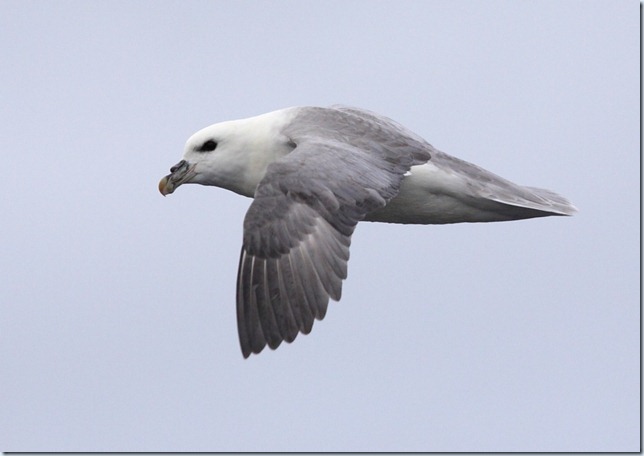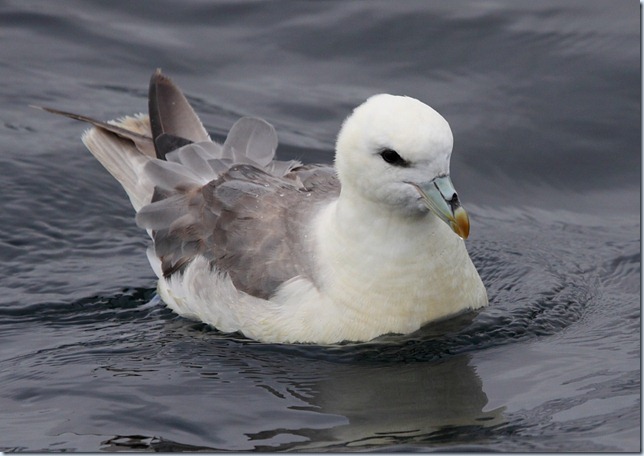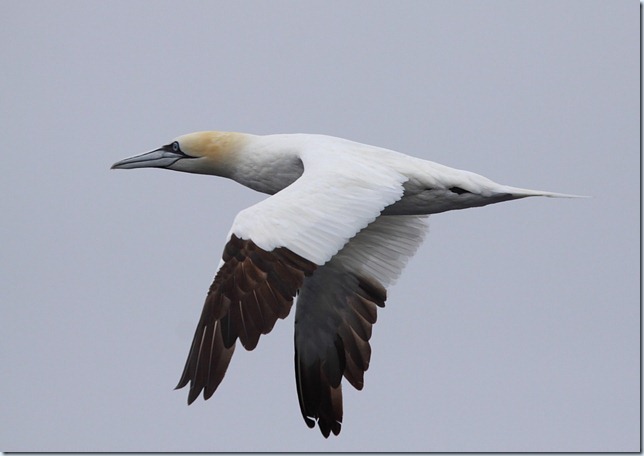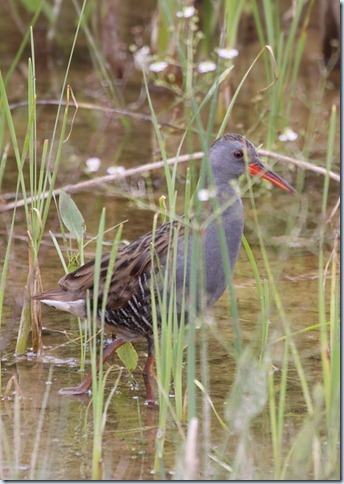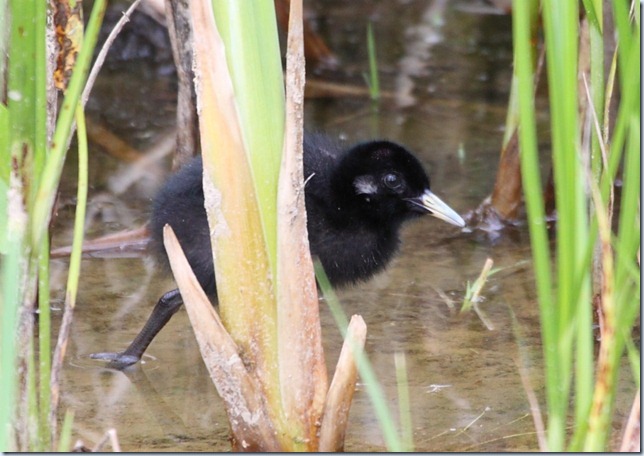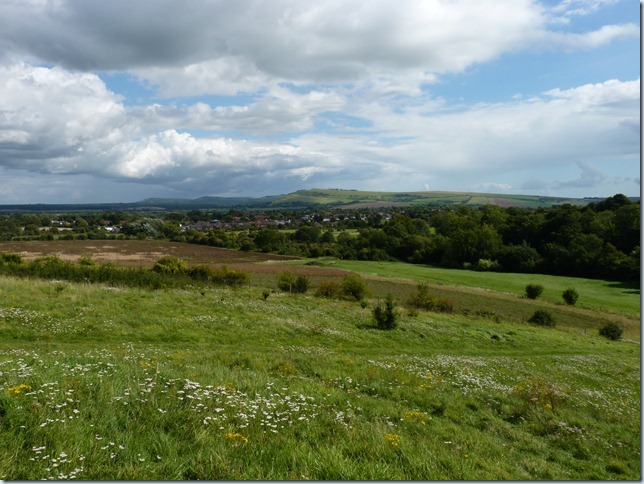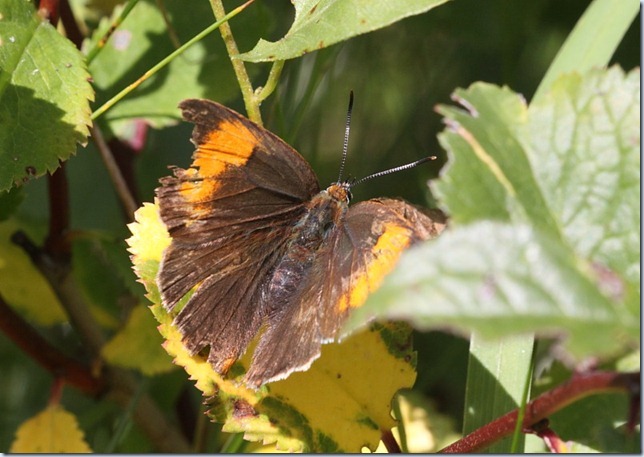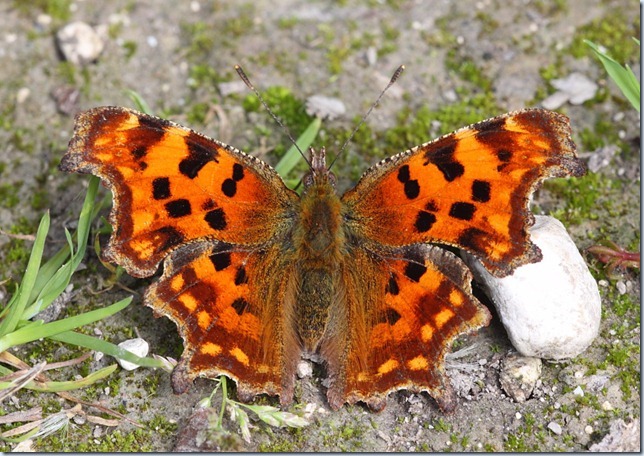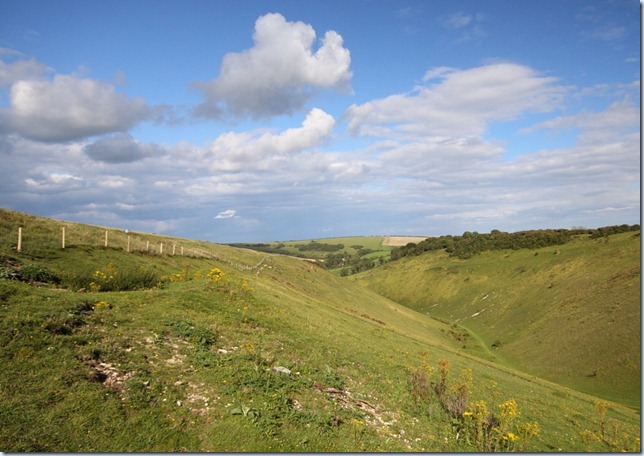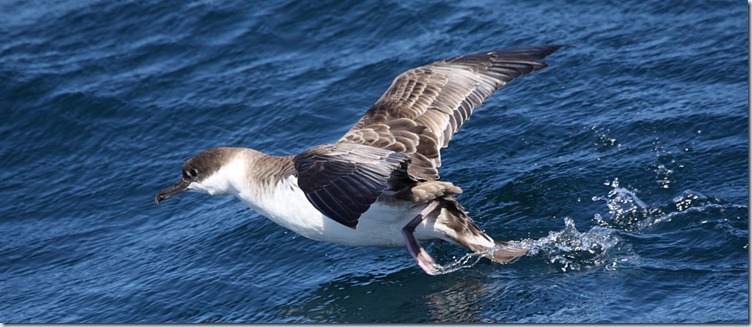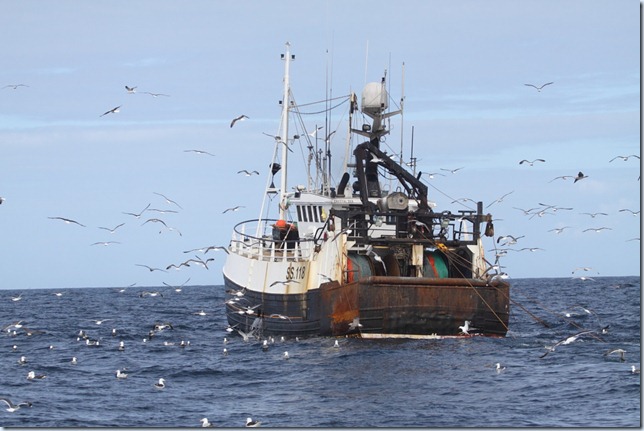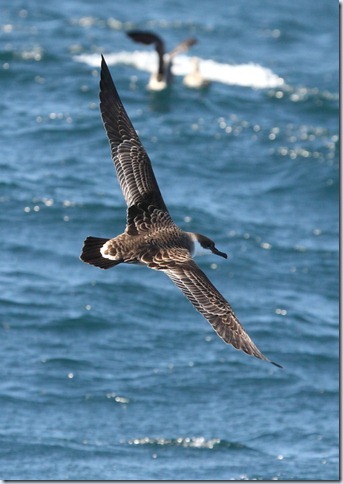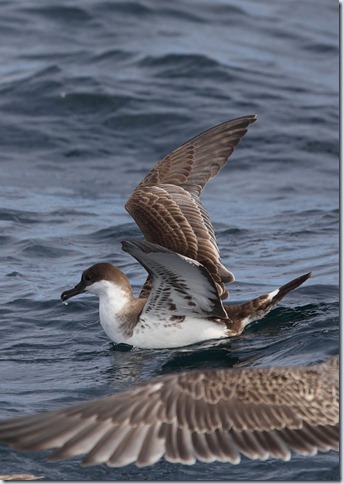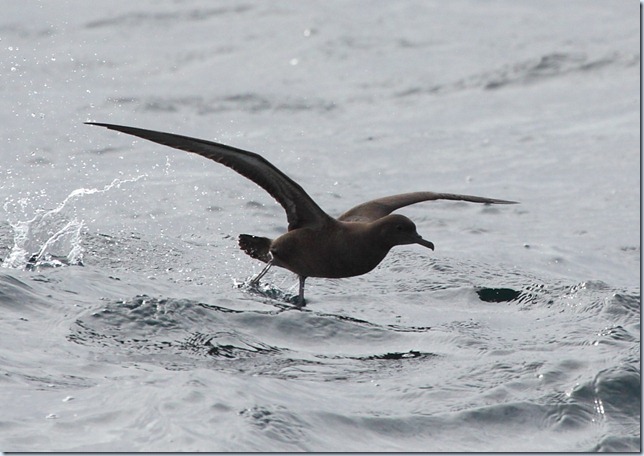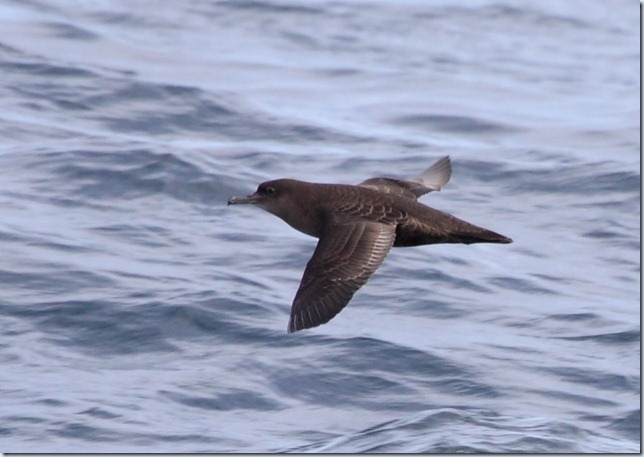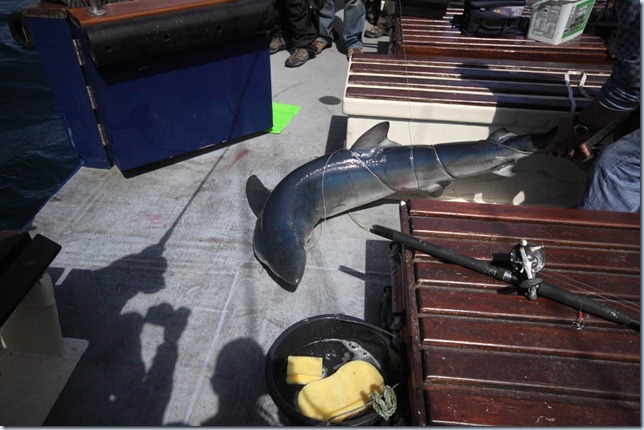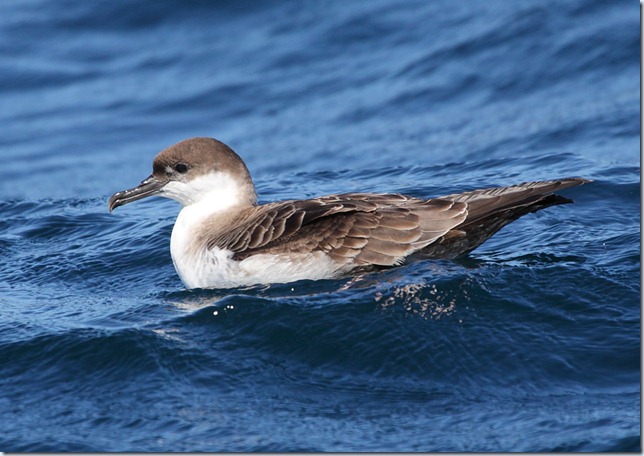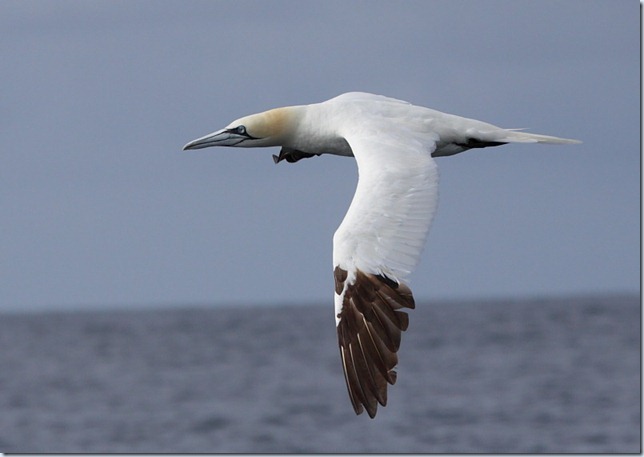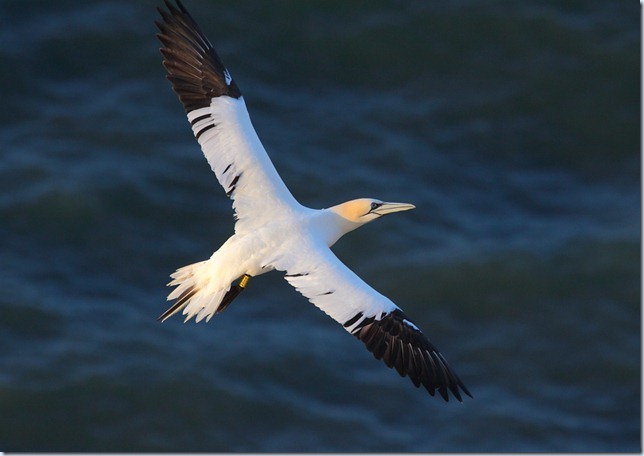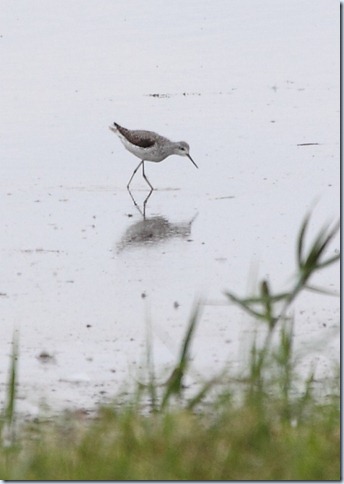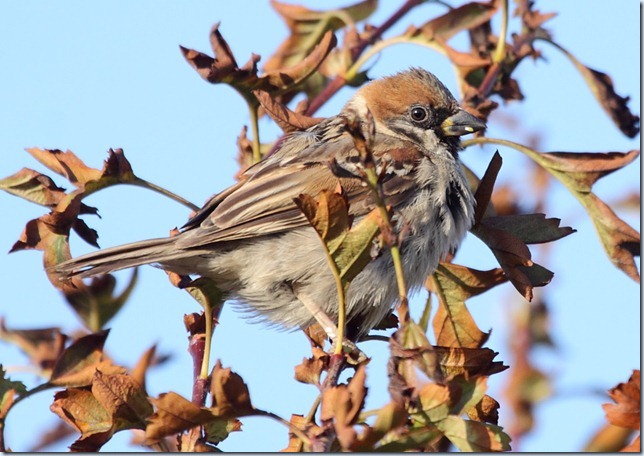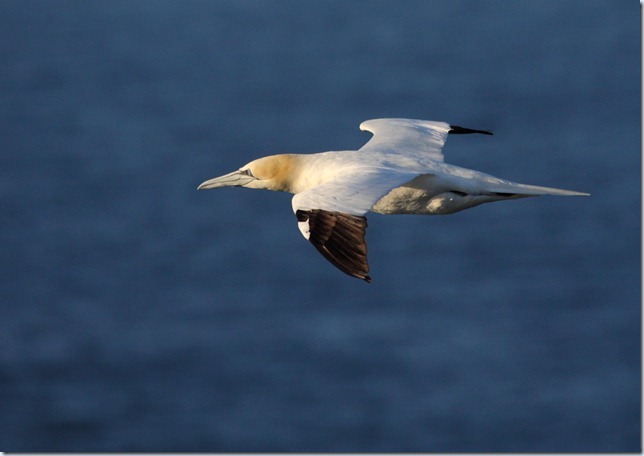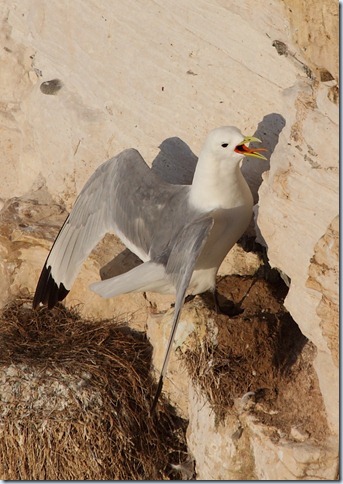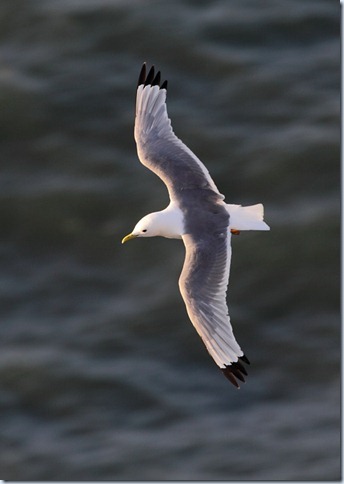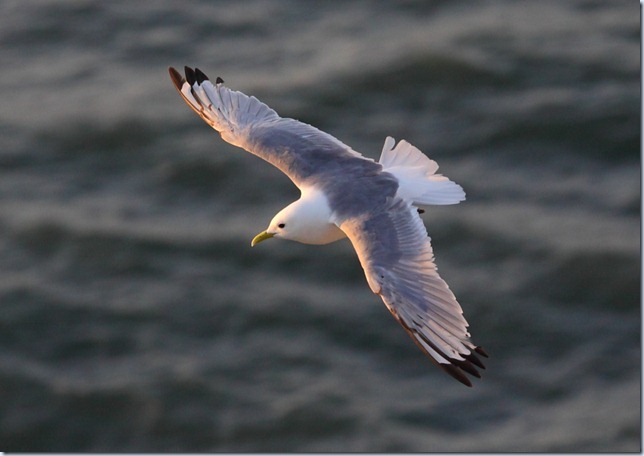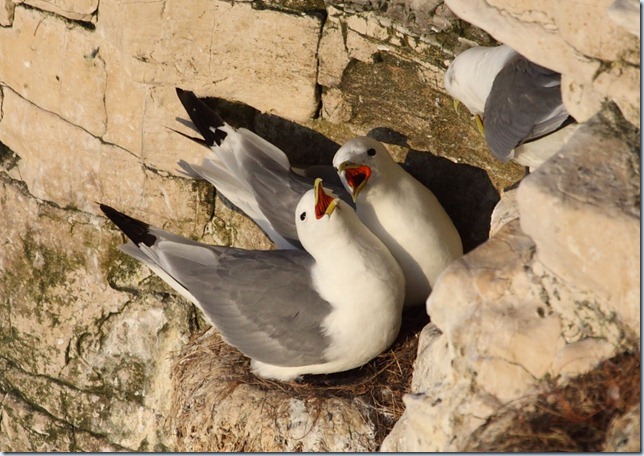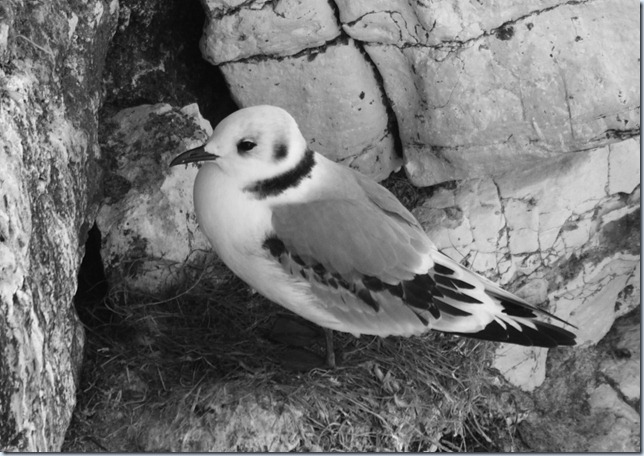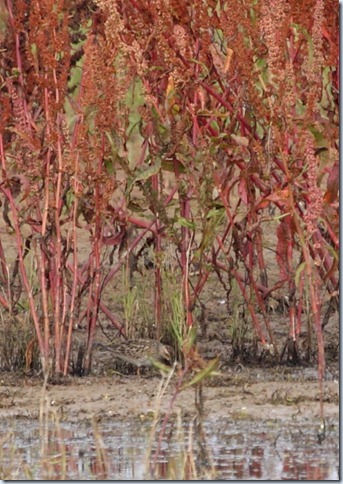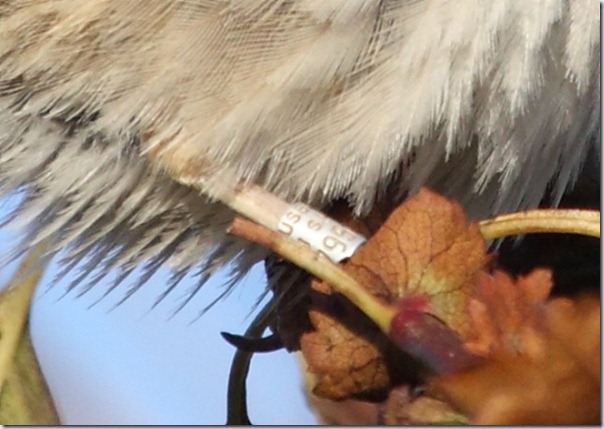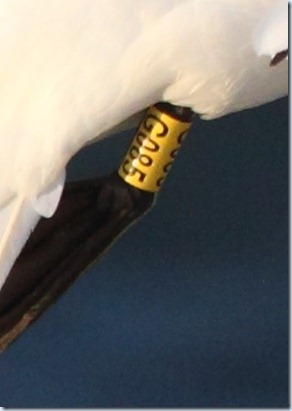After last year’s excellent trip to Scilly for the pelagic trips on the Sapphire (details >here<), Dad and I decided to do it all over again… and certainly weren’t disappointed! We scored with both big shearwaters, Wilson’s Petrel and Sabine’s Gull, plus excellent views of Storm Petrel, Sooty, Balearic and Manx Shearwater, plus a host of marine wildlife including a monster Blue Shark! Throw in a couple of tasty Mediterranean landbirds, and great island scenery, and you’ve got a great trip. Here’s a quick run-down…
Thursday 11 August
Left London early doors, and had an uneventful drive down to Penzance. Brief look for the lingering Black Kite in rather poor weather, before heading down to Porthgwarra in a moderate SW wind (via a typically superb pasty from McFaddens in St Just!). Birders already present at PG had seen both Great and Cory’s Shearwaters early on, though things had gone a bit slack. Fortunately, one more Cory’s languidly sailed past on bowed wings at about 1.40pm – the first lifer for Dad, though a bit distant beyond the Runnelstone buoy.
During the rest of the afternoon, we logged about 10 Sooties, 5 Balearics and c500 Manx Shearwaters, 3 Puffin and a single Storm Petrel. Also had a good chat with Tom McK on Seawatch SW duty. I’m increasingly convinced that the viewpoint these guys use from Gwennap is actually better than the traditional spot on Hella Point.
We doubled back slightly to reach our overnight accommodation at Perranporth – the hostel here commands a fantastic view, though the weather wasn’t exactly favourable!
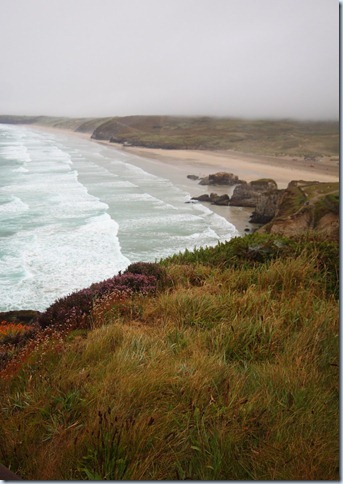
Friday 12 August
Another early start, this time heading down to catch the Scillonian crossing from Penzance. Birdwise, this was pretty quiet, with only a couple of Stormies and about 50 Manx Shears to show for two and a half hours looking. Regardless, it was great to get back onto the Scillies, and after dropping our bags off at The Lookout B&B in Porthcressa, we headed up island. On arrival at Helvear, it wasn’t surprising to find a bunch of other birders present looking at the juvenile Woodchat, as it hunted off hawthorn bushes behind the farm. Too far for decent photos, though.
By 5pm, we’d joined most of the birders on the quay, ready to head out onto the Atlantic for the first time. The weather was drizzly and overcast, with a fresh SW breeze and moderate swell – ideal! Once we’d steamed out a few miles past the tip of Peninnis, the engine was cut, and some chum thrown out… and after just a few Stormies had come in to feed, the shout of “WILSON’S!” went up and our target bird glided past the back of the boat at only about 30 metres range!
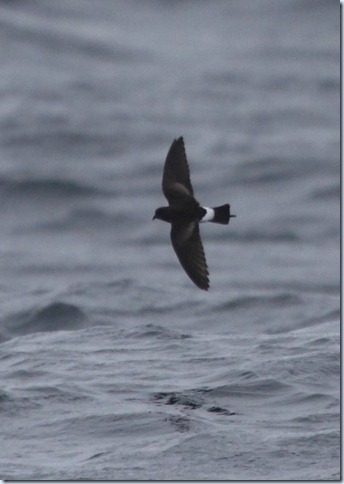
The photo above illustrates most of the key features:
- distinct silvery covert bands
- very long legs, with feet protruding beyond the tail in flight, and often dangled onto the surface while feeding
- very short ‘arm’ (inner wing), and long smoothly swept-back ‘hand’
In direct comparison with European Storm Petrels, Wilson’s is clearly a little larger, and the mode of flight is pretty distinctive – the latter tends to glide for long periods, while European flits around with flicky wingbeats, rather bat-like. Finally, the underwing is completely dark, lacking the white lining shown by European.
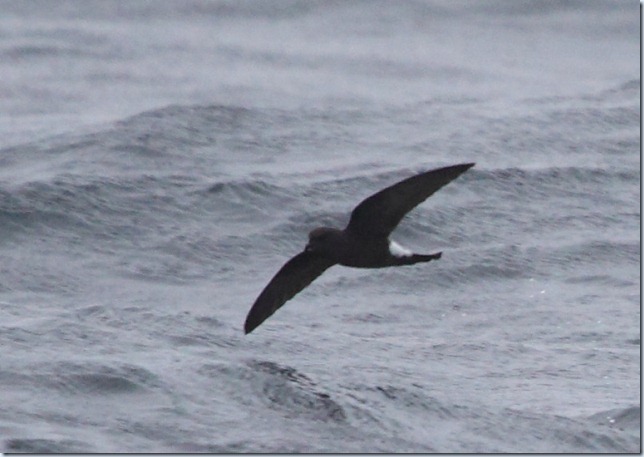
This individual showed on and off for quite a while, treating us to some stunning passes no more than 5 metres from the back of the boat as it went moved in and out of the slick – you could see all the features without lifting your bins! The weather wasn’t great, though, and as time passed drizzle was replaced by steady rain… lovely! As we headed back in towards the harbour, a trail of around 30-40 Stormies followed in our wake, and photos subsequently proved that there had been two different Wilson’s around the boat during the evening. Pretty fortunate, considering that these were the first records for several weeks!
Saturday 13 August
This time, we headed out towards Seven Stones reef, site of the Torrey Canyon disaster in 1967, for another session of' ‘drift and chum’. The sea state had calmed down a bit, making things more comfortable (for most people, at least!), but birds were initially at something of a premium. We managed a few nice singletons, though… first, a rather distant adult Pom Skua, and a Sooty Shearwater were seen, and then a Balearic Shearwater followed the boat for a while, occasionally plunge-diving into our wake for food:
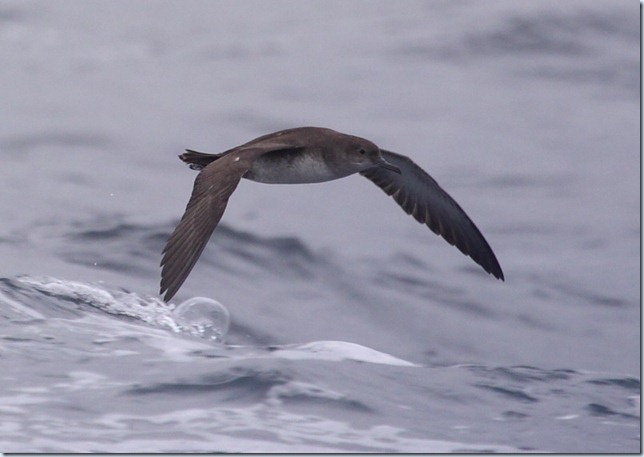
Fortunately not quite everyone was watching it, though, since a Great Shearwater chose this moment to effortlessly sail past – things were looking up! A mile or two further out, Joe spotted a French trawler, and it was decided that we should move in to take a look. Unfortunately the Great Shear wasn’t to be found in the melee around the trawler, but a stunning adult Sabine’s Gull was considerable compensation:
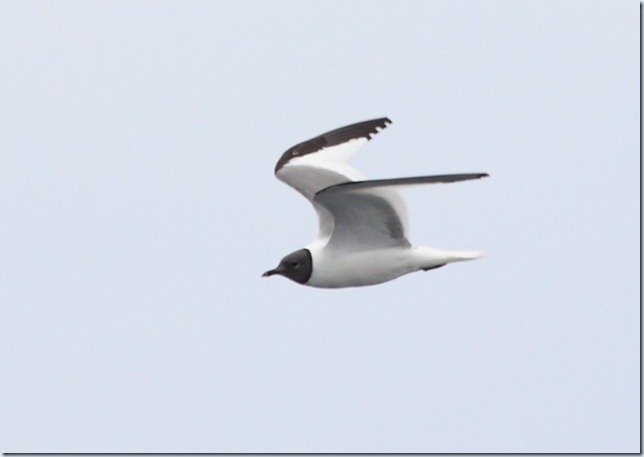
Throughout the day, we saw about 40 Storm Petrels, and a few Bonxies came to investigate the boat, causing havoc amongst the gulls, Fulmars and Gannets. All of these resulted in plenty of activity for the photographers, though grey skies weren’t ideal!
